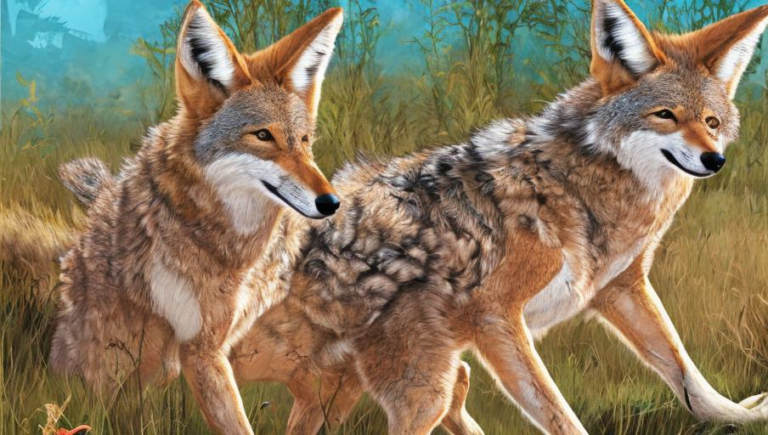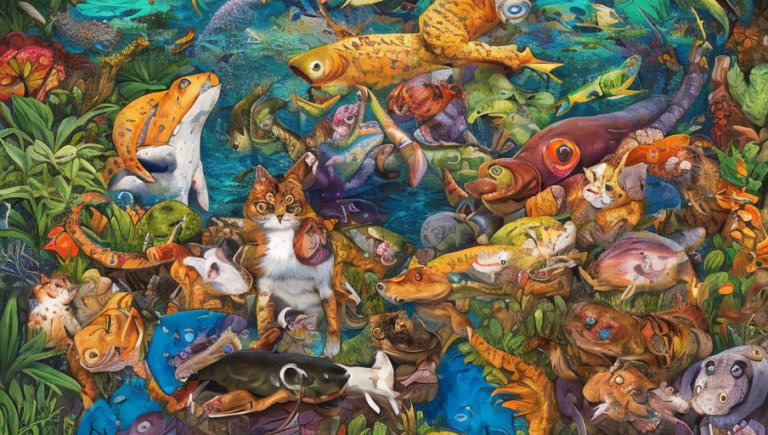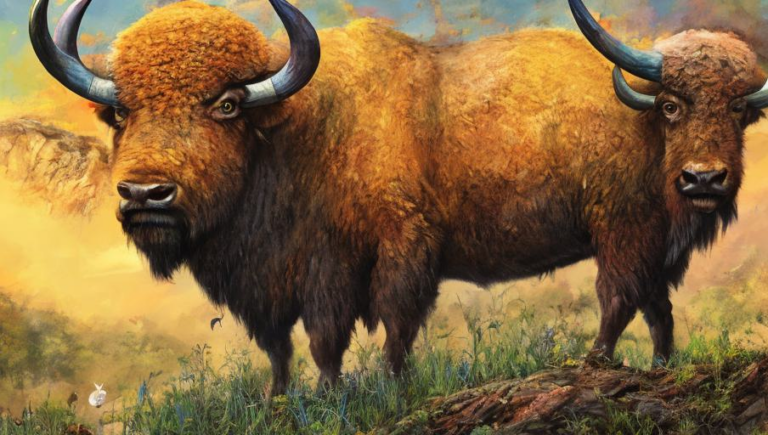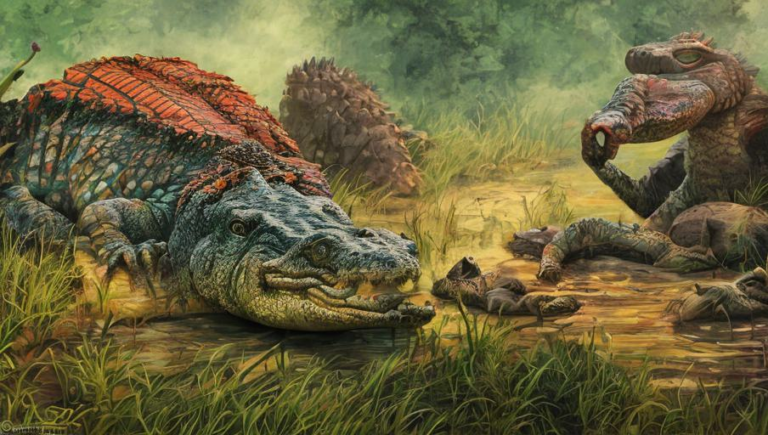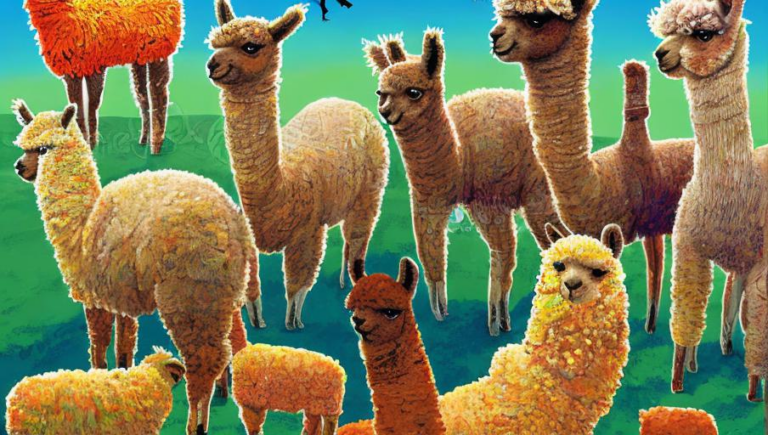Killer Ants: Facts About Their Habits and Biology
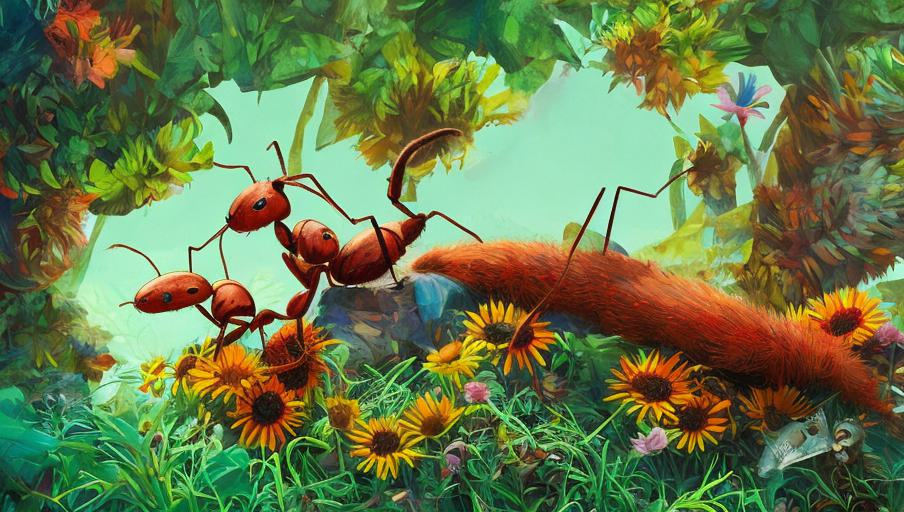
What are Killer Ants?
Killer ants, or ponerine ants, are a group of ant species that are known for their aggressive and highly defensive behavior. These ants are found in tropical and subtropical regions of the world and can be identified by their large, powerful mandibles and dark coloration. They are carnivorous, meaning they hunt and eat other insects and small animals. Killer ants can also be found in various parts of the United States, including Florida, Hawaii, and California.
Habits and Behaviors
Killer ants are solitary hunters, meaning they act alone when searching for food. They use their powerful mandibles to capture and kill their prey, which is typically other insects and small animals. They are also known to be very territorial and will attack other ants and even larger animals if they feel threatened. They are also known to be very destructive and can damage trees, plants, and other structures with their powerful mandibles.
Colonies and Social Structure
Killer ants live in colonies consisting of a queen, workers, and soldiers. The queen is responsible for laying eggs and the workers for foraging for food, caring for larvae, and tending to the queen. The soldier ants are responsible for defending the colony from intruders. The colony size can range from a few hundred ants to several thousand. Colonies can also be spread out over a large area.
Life Cycle
Killer ants have a typical ant life cycle. Eggs are laid by the queen and once they hatch, they become larvae. The larvae eventually molt into pupae and then emerge as adults. Adult ants live for several months and help to protect the colony and forage for food.
Diet
Killer ants are carnivorous, meaning they feed on other animals, such as insects and small animals. They also feed on plant material, such as nectar and honeydew. They can also feed on carrion and other decaying matter.
Reproduction
Killer ants reproduce by having a single queen lay eggs. The queen can lay thousands of eggs in a single day. The eggs hatch into larvae, which are then cared for by the workers. The larvae eventually molt into pupae and then emerge as adults.
Predators
Killer ants have a variety of predators, including birds, other ants, and even larger animals such as raccoons. They are also susceptible to various parasites and diseases.
Conclusion
Killer ants are a fascinating group of ants that have many unique behaviors and characteristics. They are solitary hunters and live in colonies with a single queen and a variety of workers and soldiers. They are carnivorous, meaning they feed on other animals, and they also feed on plant material. Killer ants have a variety of predators and are also susceptible to various parasites and diseases. They are an important part of the ecosystem and their conservation is important to maintaining a healthy environment.
